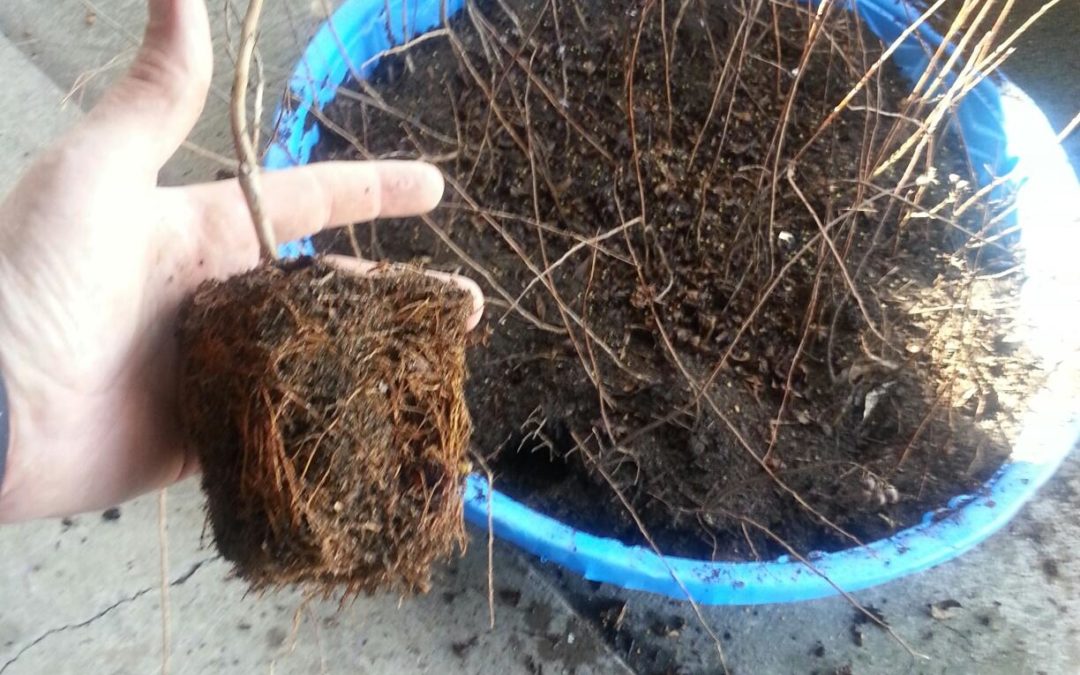Propagating Crape Myrtle
The ornamental tree, Crape Myrtle is a fantastic specimen for propagating on your own. There are a few tried and true methods to propagating Crape Myrtle – one might work better for one gardener than another.
Propagating by Seed
Crape Myrtles can be grown from seed. The Crape Myrtle produces berries that, among being non-toxic and quite ornate, eventually become seedpods. Once dried, these seedpods split exposing what is called the seed capsule. The seed capsule will ripen in the fall when it can be harvested for spring sowing.
Seeds can be started in spring by planting in a pot or seed tray prepared with potting mix or an organic mix (made of soil and sand). Seeds should be placed in a location with plenty of sunlight and with temperatures of 75F.
Germination takes approx. three weeks.
Propagating by Roots
Root cuttings are another method of propagating Crape Myrtle. Root cuttings are best taken in early spring and then propagated in one of two methods, in pots or directly in the ground.
Once root cuttings have been taken, plant in a pot with potting mix. Place the pot in a greenhouse or a location with plenty of sunlight and warmth and keep watered.
Root cuttings can also be planted in rooting beds* that are filled with compost. Cuttings should be planted at a depth of four inches and a minimum of six inches apart. It is key to keep the roots well mulched and misted regularly to ensure success.
Propagation by Cuttings
One of the most common and perhaps the easiest ways of propagating Crape Myrtles is by cuttings. Both hardwood and softwood cuttings can be used for propagation, however, there is a slight difference in the methods used. Before taking any cuttings, be sure to clean and sterilize your knife or pruners to prevent any disease or infection contaminating your cuttings.
Softwood cuttings are best taken in spring or summer, although they can be taken at any time during the year. Cuttings should be a minimum of six inches in length and contain three to four nodes. It is recommended that the leaves be removed from the cutting with the exception of the last few at the top of the cutting BestMixer. Using rooting hormone* is not required but it will definitely give your cutting a head start. If using rooting hormone, dip the cutting into the hormone then place the cutting into a small pot filled with potting mix. Place the pot in a sunny location and keep moist. Keeping the cutting from drying out is crucial. Softwood cuttings take approx. one month to propagate.
Hardwood cuttings are best taken in late fall. Cuttings should be eight inches long and a half-inch in diameter. Once cut, take several of the cuttings and stick into a pot filled with potting soil until only one inch of the cutting is seen above the soil line. Pots with cuttings can be left outside but should not be left to freeze buy Spotify Plays. When new growth is visible, move the pot to a sunny location and keep watered until the cutting is planted the following summer or fall.
Propagating your own Crape Myrtle can be a fun and rewarding exercise. Whatever method you choose, be sure to provide your Crape Myrtle with the sunlight and water it requires, as well as a little TLC. Happy propagating!
*Rooting Hormone is available at most garden centers and hardware stores
*Rooting beds are long narrow beds, often framed with 2x4s and filled with an appropriate growing medium



